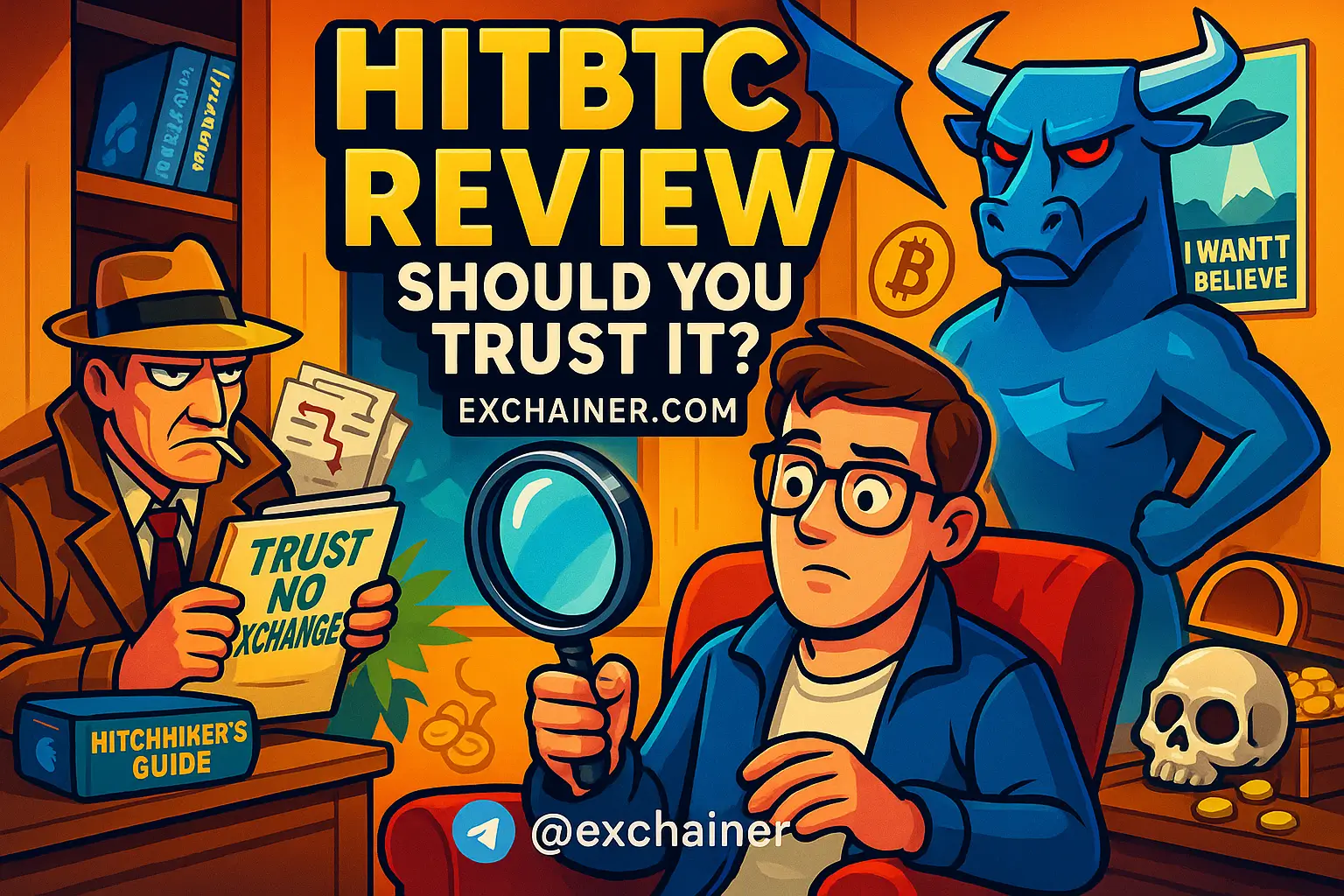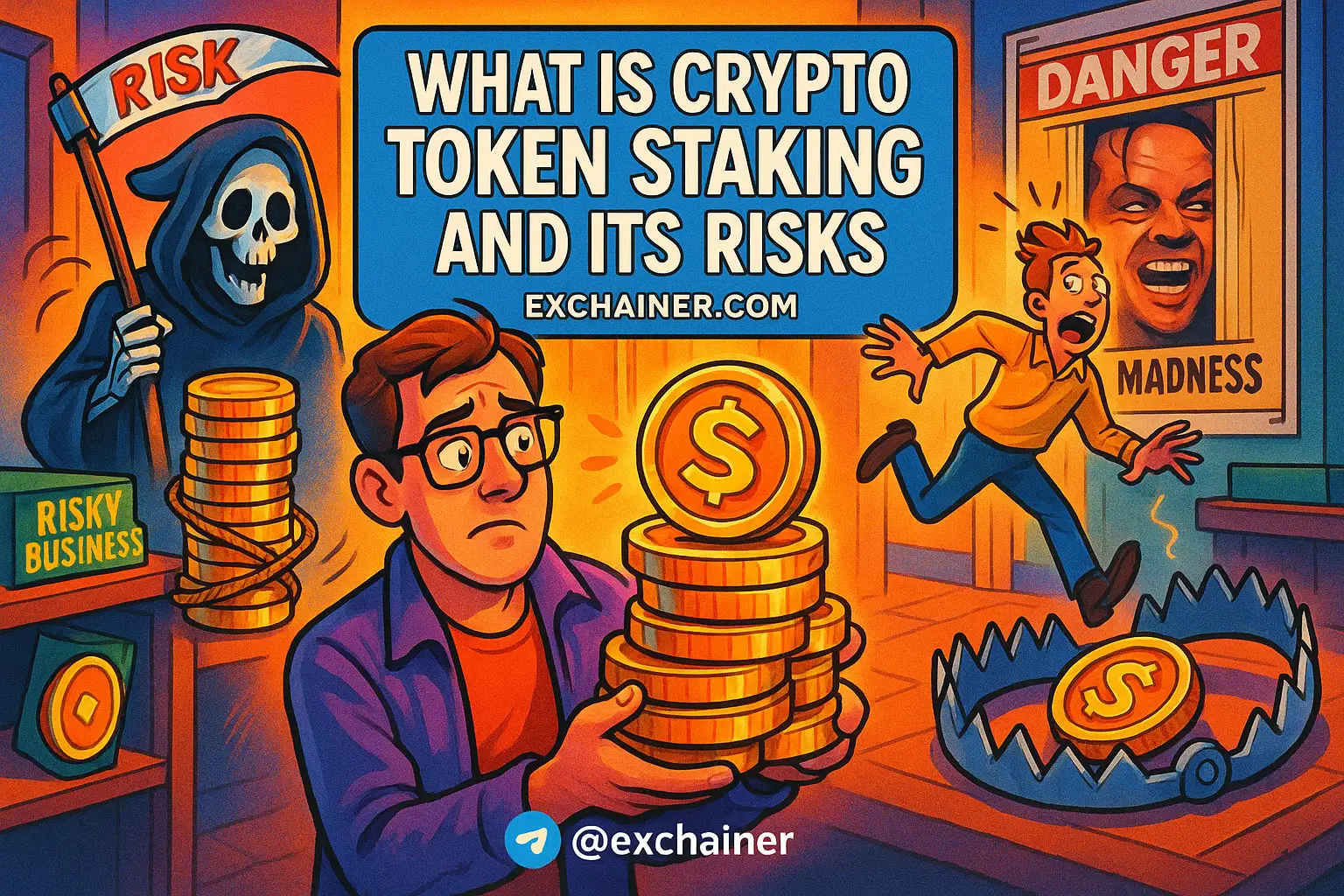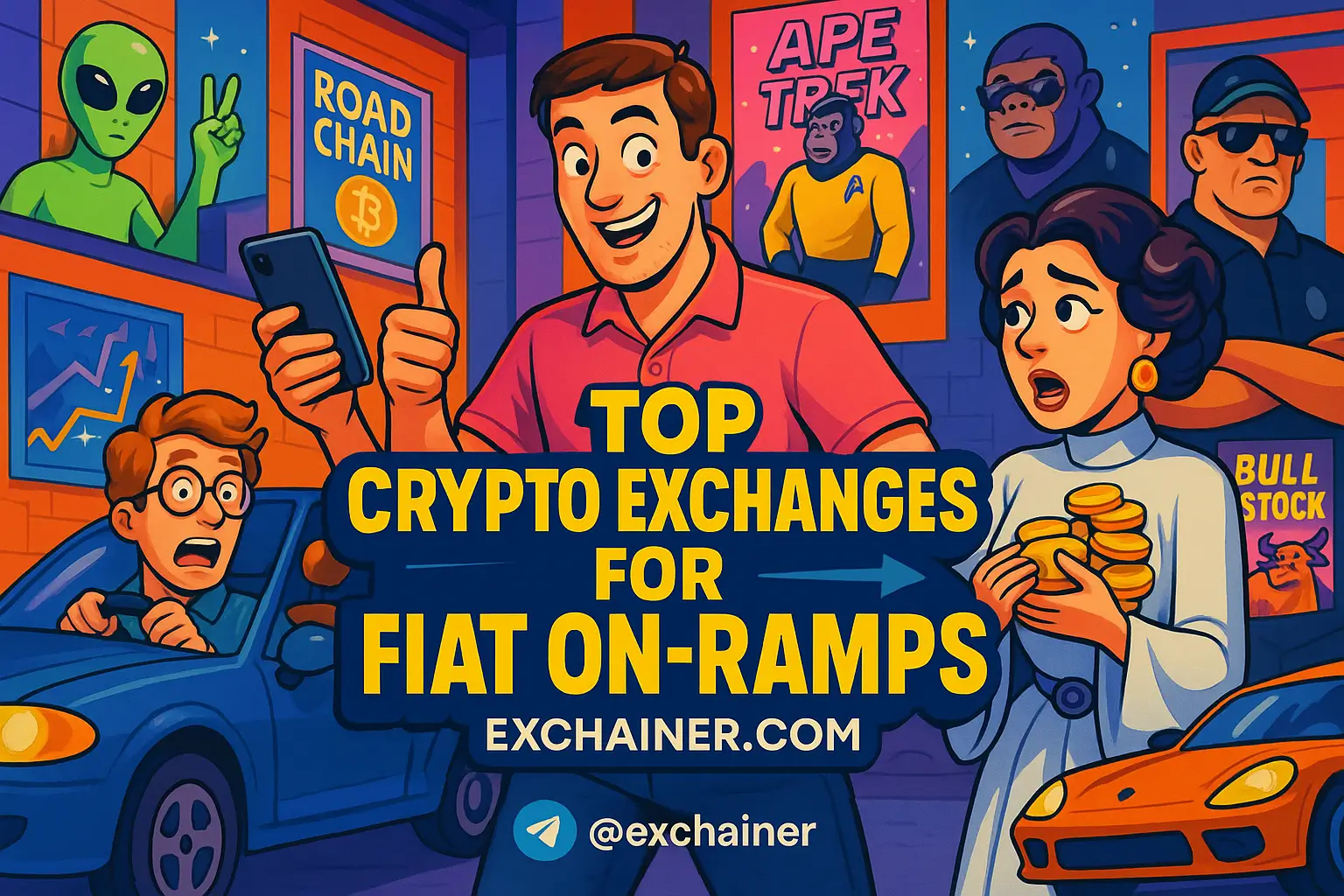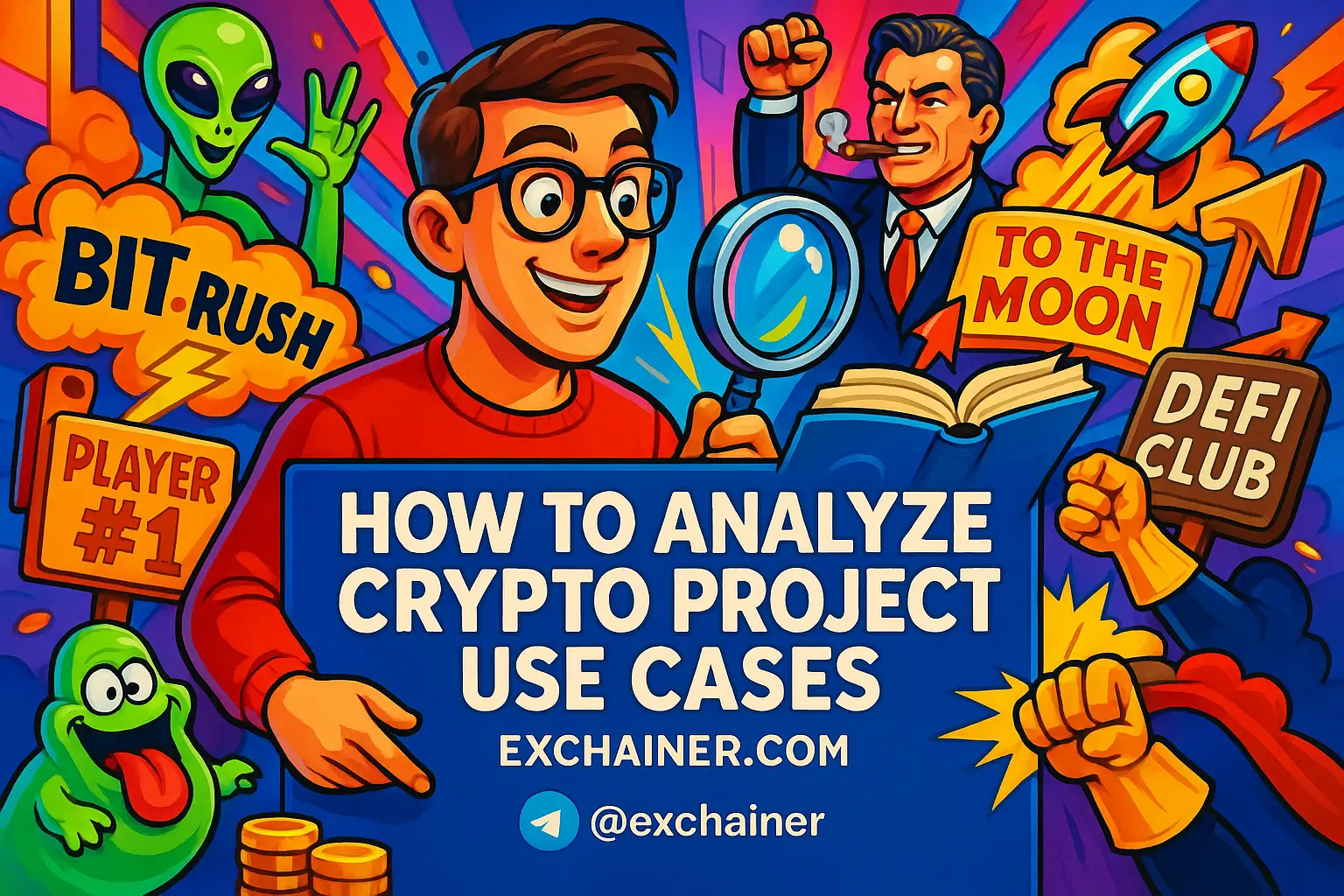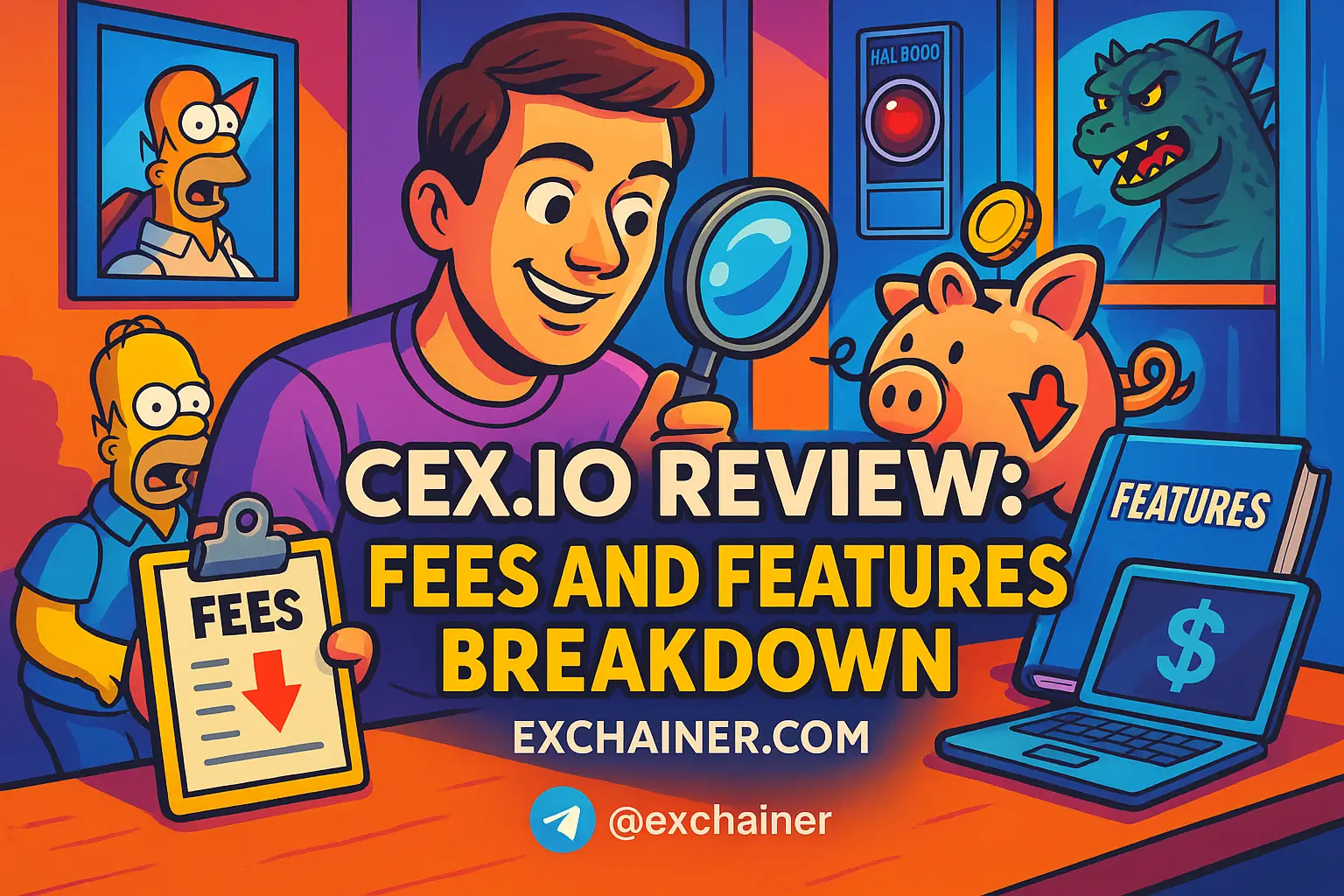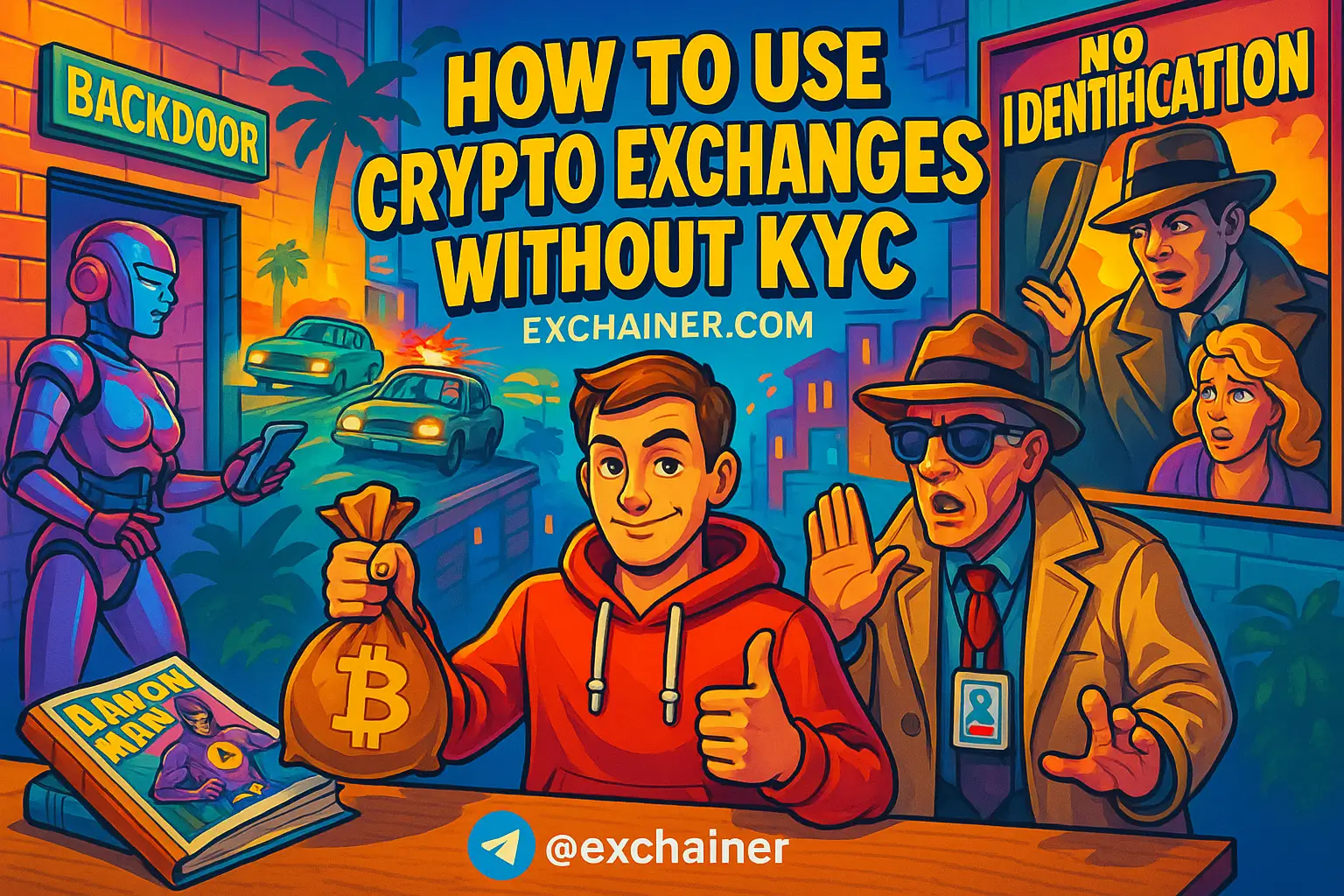The world of cryptocurrency can often feel overwhelming, especially when you're just starting your journey into digital currencies. Among the many terms that permeate crypto discussions, "token burning" is one that frequently surfaces. Understanding cryptocurrency basics, including what token burning means, is essential for both budding investors and seasoned traders alike. This article will unpack what token burning entails, why it happens, and how it can impact the value of tokens within a blockchain network.
So why should you care about token burning? For one, it can significantly influence the supply and demand equation—an aspect that can lead to price fluctuations. By the end of this article, you’ll have a solid grasp of how token burning works, its purpose, and why it’s a hot topic in crypto circles. Let's dive in!
What Is Token Burning?
Token burning refers to the process of intentionally removing tokens from circulation, effectively reducing the total supply. This is often done by sending tokens to a wallet address that cannot be accessed or spent, known as a "burn address." Think of it like taking a percentage of shares off the market: less supply can lead to higher demand, potentially increasing the token's value.
For example, a project might initiate a token burn after a successful fundraising period, such as an Initial Coin Offering (ICO). If a project raised funds but exceeded its fundraising goals, it could burn the excess tokens to ensure that not too many tokens enter the market. This move can instill confidence among existing token holders by demonstrating a commitment to long-term value.
Conversely, it’s essential to note that not all tokens can be burned. The capability usually hinges on the project's white paper and the specific blockchain functionalities. Understanding what is crypto token burning sets the stage for comprehending its later effects, which we’ll explore further.
Why Do Projects Burn Tokens?
There are several motivations behind the act of token burning. Let's break down the most common reasons.
1. Reducing Supply
The primary purpose of token burning is to limit the supply of a cryptocurrency. In a market driven by supply and demand, a reduced supply usually leads to an increase in the value of the remaining tokens. This can be a strategic financial move for the project as it looks to bolster investor confidence.
2. Incentivizing Demand
By burning tokens, projects often seek to create a sense of scarcity. The less there is available, the more people might want it. This tactic can enhance demand, resulting in price appreciation over time. It gives crypto projects a tool to motivate existing holders to keep their tokens rather than sell them.
3. Rewarding Token Holders
Some projects implement regular token burning as a part of their long-term strategy, sometimes in conjunction with revenue generation. For instance, part of the transaction fees collected from users could be redirected toward buying back tokens from the market and burning them. This method rewards loyal holders while also controlling inflation in the token supply.
4. Proof of Commitment
When a project initiates a token burn, it demonstrates its commitment to the community and the health of the ecosystem. It shows that developers and stakeholders care about the long-term viability of the project, which can foster trust and, ultimately, adoption.
The Mechanics Behind Token Burning
Understanding how token burning works requires a closer look at its underlying mechanics. While the concept is relatively straightforward, the actual process may vary between different projects.
How Tokens Are Burned
Token burning can happen in various ways, depending on the technology behind the cryptocurrency. Here are a couple of standard methods:
-
Manual Burns: Developers manually execute a burn by sending tokens to an inaccessible wallet address. This is often announced publicly to ensure transparency, which can strengthen community trust.
-
Automated Burns: Some smart contracts are designed to automatically burn tokens under specified conditions. For example, a project might have a built-in function that burns a portion of tokens with each transaction. This can create a steady reduction in supply over time.
Real-World Examples of Token Burning
Looking at some popular cryptocurrencies can provide insight into how token burning affects different ecosystems. Here are a few noteworthy projects:
-
Binance Coin (BNB): The Binance exchange uses a portion of its profits to buy back and burn BNB tokens every quarter, which historically has led to price increases over time.
-
Ripple (XRP): When Ripple was launched, a significant portion of the total supply was pre-mined. The company decided to use a token-burning mechanism to destroy a portion of the unused tokens in their operational wallet, aiming to improve scarcity and value.
-
Ethereum (ETH): With the introduction of EIP-1559 in the Ethereum network, a portion of transaction fees is burned. This mechanism effectively creates a new way to reduce the overall ETH supply, reinforcing the notion of scarcity.
The Impact of Token Burning
Implementing a token burn can have various implications for a cryptocurrency. Understanding these impacts can help investors make educated decisions about buying, holding, or selling tokens.
Short-Term Effects
In the short term, a burn may lead to price volatility, as investors react to news about token burns. Prices could shoot up as the burning creates excitement in the community and among potential investors. However, the effect can be temporary; traders often look for quick profits and may sell soon after the burn announcement.
Long-Term Effects
In the long run, token burning can contribute to a healthier market equilibrium. Fewer tokens in circulation can stabilize or even elevate token prices, benefiting loyal holders. Furthermore, an ongoing token burn mechanism can create a loyal community centered around a project, fostering ongoing interest and investment.
Practical Tips for Investors
If you are considering investing in a cryptocurrency that utilizes token burning, here are some friendly tips to keep in mind:
-
Do Your Research: Always check the white paper of a project to understand its burn strategy. Make sure it’s a part of a well-thought-out economic model rather than a gimmick.
-
Monitor Token Burns: Keep track of any scheduled burns or community announcements. Tools like CoinMarketCap can help you stay tuned to the latest developments.
-
Weigh Market Sentiment: Be aware that market sentiment plays a significant role in how token burning may affect prices. Engage with community forums, like Reddit’s r/CryptoCurrency, to gauge investor sentiment.
-
Diversify Your Holdings: As with any investment, avoid putting all your eggs in one basket. Consider diversifying your portfolio to hedge against volatility.
-
Understand the Risks: Token burning can bring price increases, but like any investment, it's never guaranteed. Be sure to evaluate risks and invest what you can afford to lose.
Conclusion
Token burning offers exciting opportunities and potential advantages for cryptocurrency projects, especially concerning supply-demand dynamics. By reducing the existing token supply, projects can foster an environment of scarcity, potentially enhancing value and community involvement. As we’ve explored, the mechanics, motivations, and impacts behind token burning are crucial for any investor looking to navigate the crypto landscape successfully.
If you’re intrigued and want to delve deeper into other pertinent topics, such as cryptocurrency basics, trading strategies, and portfolio management, feel free to explore more insightful guides on Exchainer.com! Start your crypto journey today and empower yourself with knowledge.







